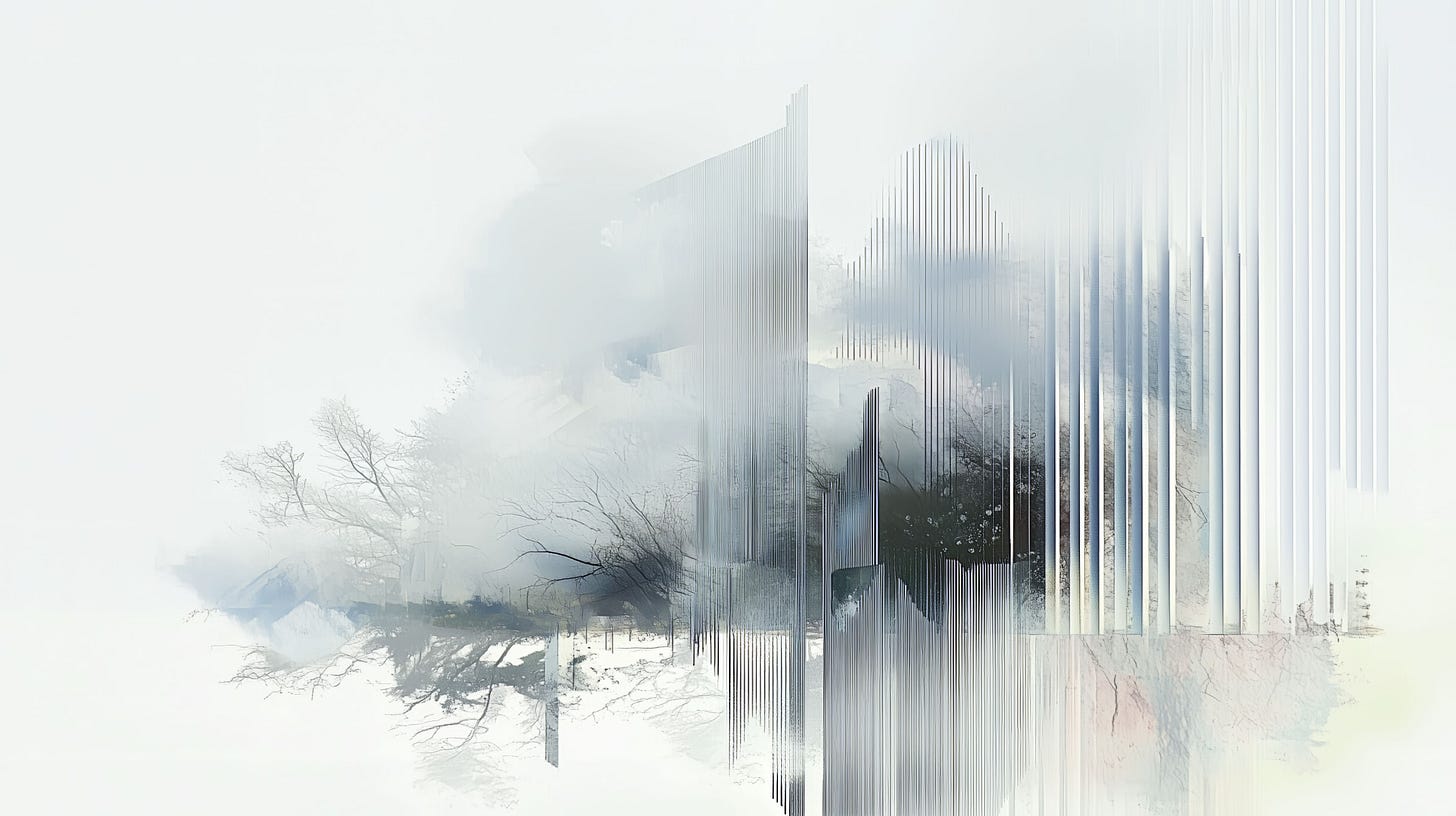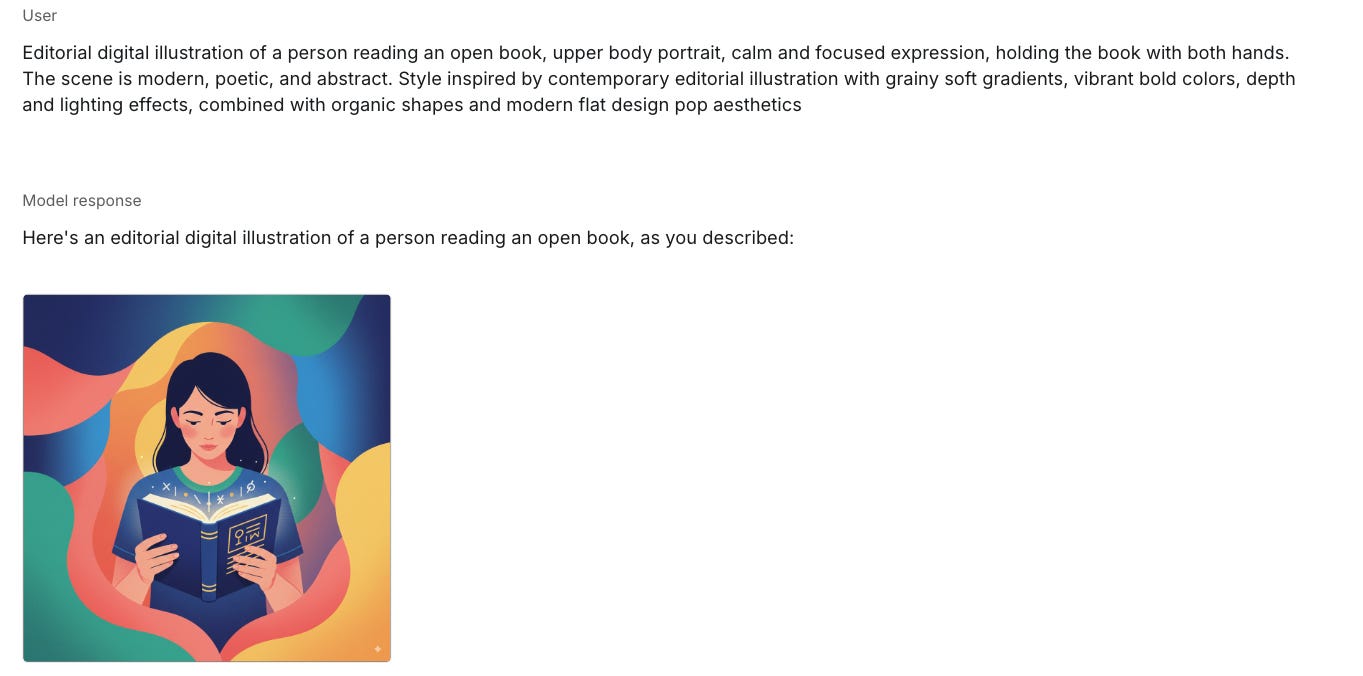How Product Leaders Can Use GenAI Tools for Faster Prototyping
A small survey on image GenAI tools for brainstorming and developing quick mockups.
This blog is more of a survey of GenAI tools that can help you transition from ideation to visualization. The idea behind this blog is to provide you with valuable information about image generation tools in product prototyping.
On a personal note, I was intrigued by the partnership between Meta and Midjourney. So, thought of exploring this area from a product leader’s perspective. Essentially, explaining how important these tools are.

These are non-coding tools and can generally help you visualize what your product can look like. Once the mockups are ready or satisfactory, they can be used to design individual features.
For instance, let’s say you own an architecture firm and want to design a visually appealing homepage with building and other objects aligned with gridlines. You can go to Midjourney AI and prompt your idea:
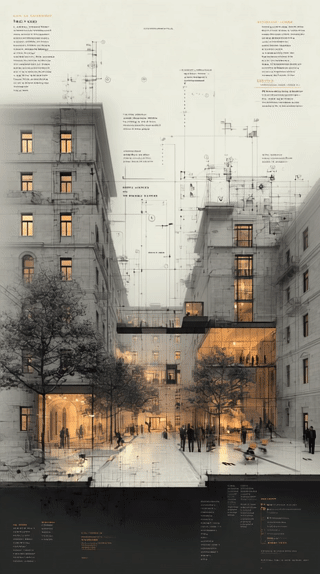
Such rapid idea generation tools will allow you to iterate quickly and move forward to product development. This saves time compared to traditional prototyping methods.
Why 85% of Product Tests Fail Without Proper Visualization
Traditional prototyping methods waste $260 billion annually on failed product development. Teams can't validate ideas fast enough. GenAI image generation tools create production-quality mockups in seconds, not weeks, solving the validation bottleneck that kills 95% of new products.
I've researched how product teams spend weeks/months perfecting prototypes for products nobody wanted. Why do smart teams build the wrong thing?
MIT's research shows 95% of new products fail to meet market needs. Teams lack rapid ways to test ideas, wasting months when customers reject the final product.
What’s driving these failure rates? The numbers reveal the issue:
Unsuccessful IT and software projects waste $260 billion annually.
Prototype costs range from $5,000 to $250,000 per iteration.
Slow, costly prototyping misaligns with customer needs, inflating expenses.
In order to make quick product decisions, you have to be visually active. Visual thinking drives choices, but traditional prototyping creates bottlenecks. McKinsey's research shows top design teams achieve faster revenue growth by prioritizing visual clarity.
Slow mockups delay feedback, leaving teams guessing customer needs, killing momentum, and budgets.
What if you could generate production-quality mockups in seconds instead of weeks? The breakthrough is here, transforming product validation.
2025 GenAI Performance Benchmarks
FLUX V1 delivers 5,243 images per dollar with superior text rendering for high-volume prototyping. Nano-banana achieves 70% benchmark win rates for premium quality needs. ChatGPT integrates seamlessly into existing workflows using tools.
I researched and tested some of these models across real product scenarios. The focus was speed, cost, quality, and integration, metrics that drive product team success. What does the data reveal about each platform? Here's a clear breakdown of their performance.
Upon research, I found that FLUX V1's efficiency stood out for high-volume needs. Key performance metrics include:
Powered by a 12 billion parameter rectified flow transformer.
Holds the highest Elo score on Artificial Analysis leaderboards.
This makes FLUX V1 ideal for teams needing hundreds of mockup variations quickly. Just look at the rendering quality below.
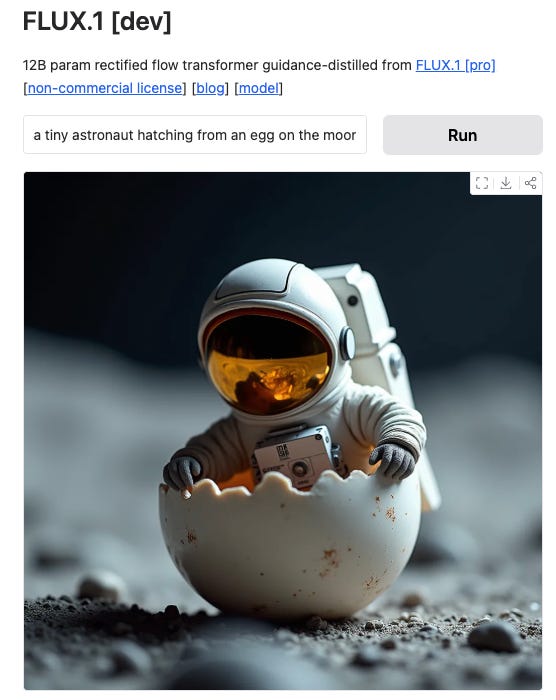
You can try FLUX V1 at this link.
Nano-banana or Gemini Flash Image, Google's latest, excels in premium quality outputs. Its performance shines through:
Achieves a 70% win rate in blind preference tests.
Produces 1024×1024 images in 2.3 seconds.
It’s perfect for stakeholder presentations and final mockups requiring top-tier visuals.
ChatGPT-5’s strength lies in its ability to integrate seamlessly into workflows. How does it perform?
Offers a native conversational interface with response times of 232-320ms.
Costs $0.035 per 1024×1024 image.
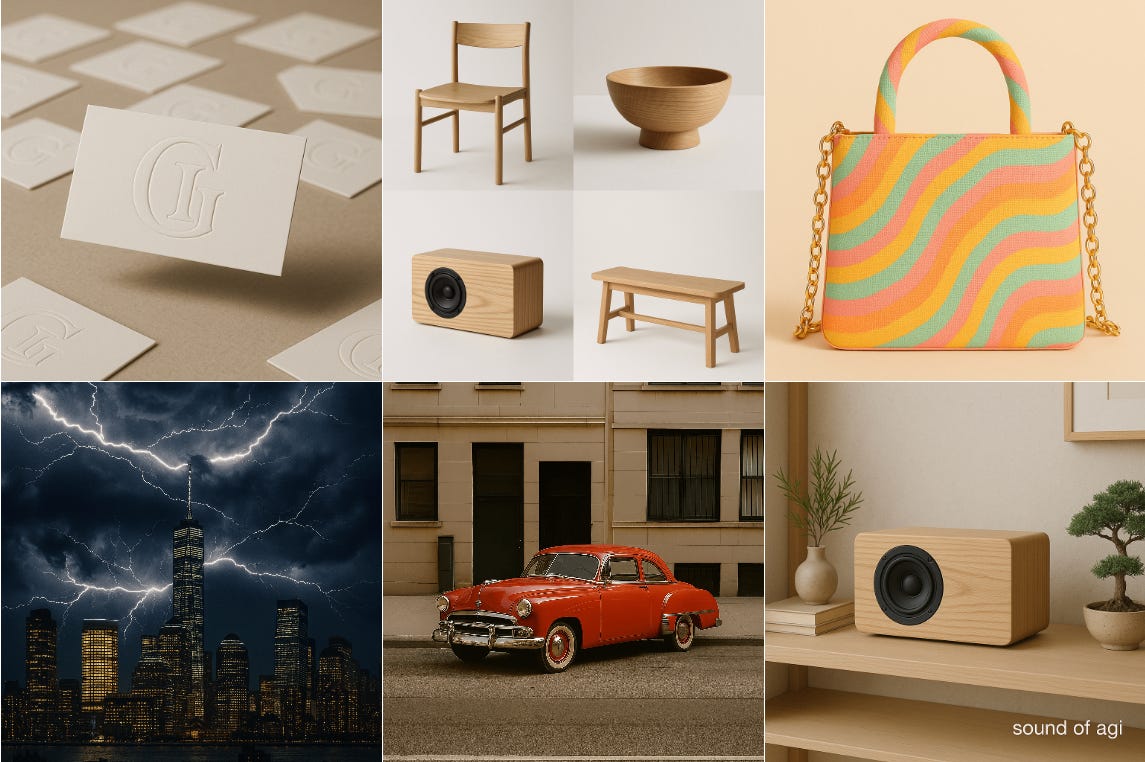
Its seamless continuity suits teams already embedded in the OpenAI ecosystem.
Midjourney V7 and Leonardo Phoenix prioritize artistic quality but face workflow constraints:
Midjourney V7 renders 20-30% faster with Draft Mode.
Leonardo Phoenix is 7x faster than other Leonardo models.
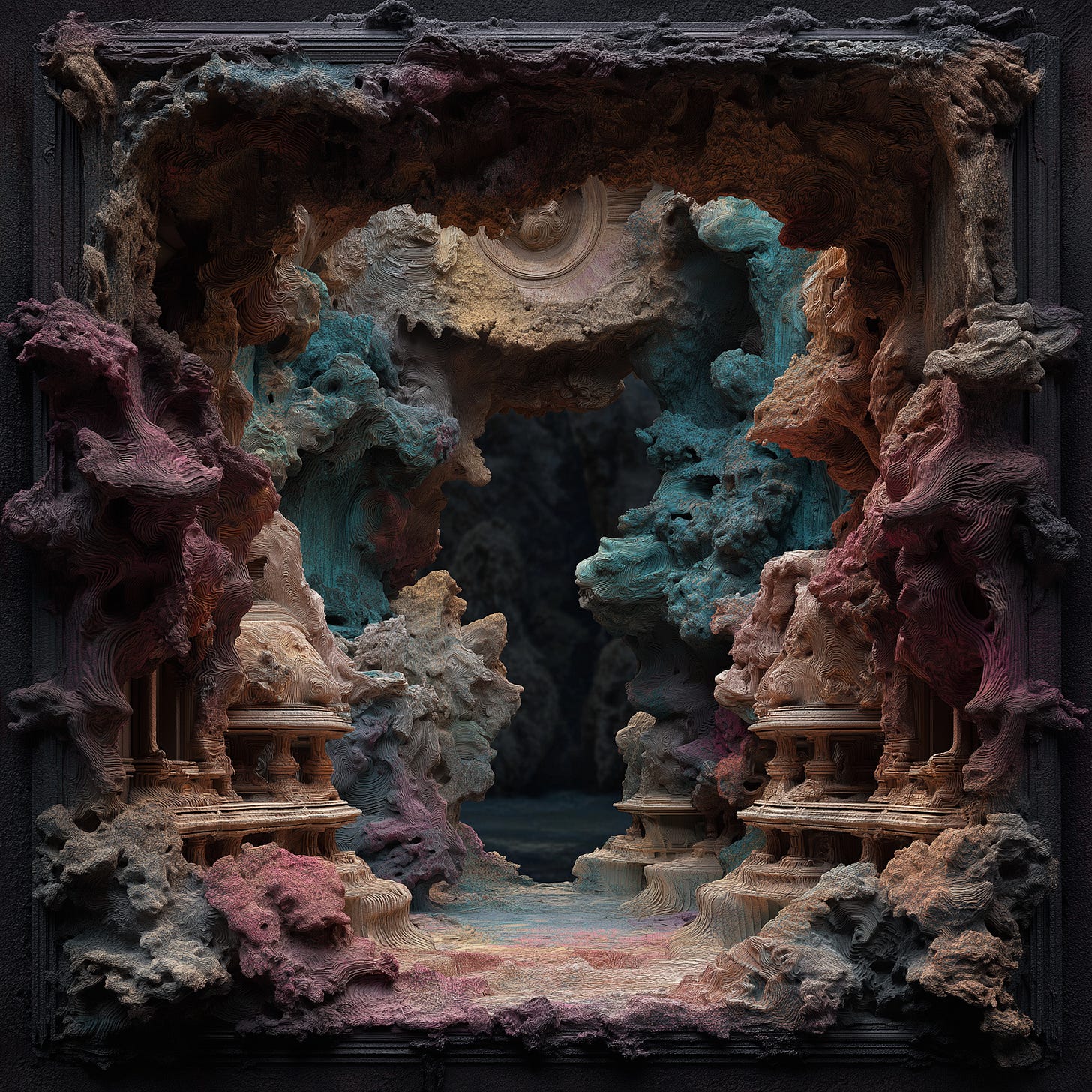
Both excel in visual flair but lack the integration ease of others.
The choice is about matching capabilities to your team's workflow. But what does adoption data reveal about implementation success?
Strategic ROI Framework
While 84% of developers use AI tools, only 4% achieve cutting-edge capabilities because they spread efforts across too many use cases. Successful teams focus on 3-5 strategic applications, invest 70% in people/processes, and achieve 3-4 times ROI through systematic measurement.
Massive adoption exists, but minimal impact follows.
Stack Overflow's 2025 survey shows 84% of developers use or plan to use AI tools. Yet BCG's research reveals that only 4% achieve cutting-edge capabilities. So what separates the winners from the experimenters?
Focused execution makes the difference.
BCG's framework outlines the winning formula:
Focus on 3-5 use cases on average, versus 6.
Invest 70% in people, processes, and culture; 20% in data and technology; 10% in algorithms.
Achieve 2.1 times greater ROI on AI initiatives.
Depth beats breadth every time.
So, which scenario matches your team's biggest bottleneck?
Speed-First Prototyping: FLUX for high-volume iteration cycles.
Quality-Critical Presentations: Nano-banana for stakeholder meetings.
Integration-Heavy Workflows: ChatGPT-5 for seamless team collaboration. You can add Canva as an integration.
Budget-Conscious Exploration: Leonardo for cost-effective testing.
These examples show the blueprint in action. Cemex used Azure OpenAI Services to provide instant info to sales agents, reducing search time by 80%. BMW leveraged generative AI to speed up supplier bid analysis, cutting processing time by up to 30%. These teams all followed the same implementation blueprint.
Bain's analysis documents 3-4 times ROI for focused AI investments. But success requires measurement frameworks that leadership actually understands.
Measuring Visual Prototyping Success
Track time-to-validation reduction (2x improvement standard), cost per iteration (from $5K-$250K to $0.04-$0.10), and development rework prevention. Use ISACA's three-category ROI model to measure immediate productivity gains, strategic value creation, and organizational capability building.
Measurable ROI: Direct cost savings and revenue increases.
Strategic ROI: Long-term competitive advantages over three to five years.
Capability ROI: Improvements in organizational AI maturity.
This three-lens approach covers every question leadership will ask. These metrics provide clear benchmarks for success.
Time-to-validation: Generative AI tools can double developer productivity, leading to 2x faster completion.
Cost per iteration: Traditional methods cost $5,000 to $250,000 versus AI at $0.04 to $0.10 per image.
Stakeholder alignment: Measure revision cycles and approval speed.
Development rework: Track features shipping without major changes.
For example, companies like Microsoft customers have seen AI reduce development times significantly in product workflows.
The AI image generation market grows from $8.7 billion to $60.8 billion by 2030. UX design delivers $100 return per $1 invested. The window for competitive advantage is narrowing.
Start with 200 test prompts. Measure 1 to 5% of interactions. Implement iterative improvement. The measurement framework exists. The tools are proven.
Final Thoughts
My recommendation to choose the best model is to test it out for yourself. Don’t fall into the hype scam. Instead, make an honest effort to try out different models. I personally like Midjourney. Maybe someone else would like Nano-Banana or Grok-4, something I didn’t mention.
Preference depends on the type of work you do and are involved in. It also depends on the mindset and the skillset. I love painting, and I have been into art since I was a child. Maybe that's why I like Midjourney. It is extremely artistic and I can hone it well.
So, find the tool for yourself and learn to hone it. This comes only by spending time with one tool.
PS: The cover image is generated in Midjourney.


